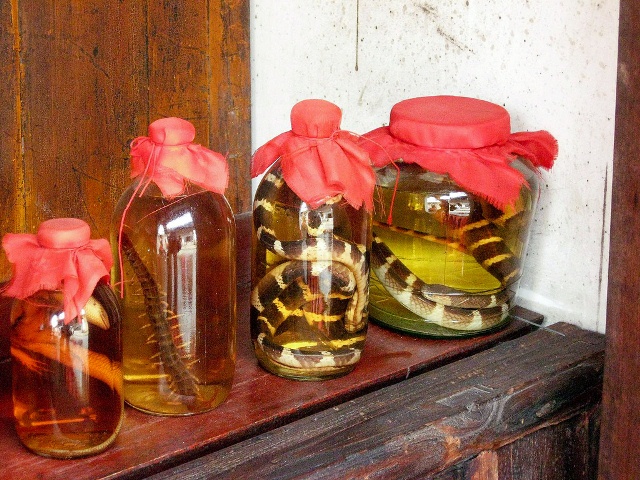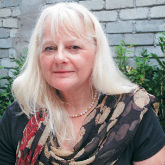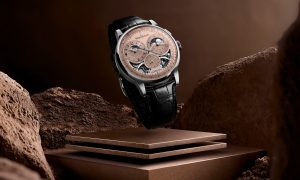
Photo credit: ELuisCabrera / Foter / Creative Commons Attribution-NonCommercial-ShareAlike 2.0 Generic (CC BY-NC-SA 2.0)
I have been spending more time than I would like in hospital recently. Not, I hasten to add, because I was ill myself, but because I was the support person to a patient. We did the rounds of blood tests, urine tests, X rays, CT scans, ultrasound – all were ordered to try and find out what was wrong with him. Finally he was admitted so that they could monitor is his condition. Penang is said to have some world-class hospitals, and this hospital has all the state-of-the-art equipment and facilities you’d expect in a medical tourism destination. Despite the fact that we were getting five-star treatment, there was inevitably a lot of waiting around in odd corners of the hospital, and heavy use of my iPad to play games which helped to pass the time.
Naturally, doctors have to diagnose a disease before they can treat it. Their brains are trained to be like computers, going through symptoms and eliminating diseases as they go. Sometimes they can seem a little abrupt, but that is because they’re trying to get to the root cause of the illness as quickly as possible. I could see that by the end of a week of tests and possible diagnoses, they were almost as tired as we were and they were starting to scratch their heads as they had ruled out most of the serious conditions.
Healing wasn’t always like this. When I lived in Penang as a child 50 years ago, our amah (now called maid) fell very sick. She was a sensitive Malay woman who had had an undocumented tragedy earlier in her life. As a young newly wed woman, she had allowed some people to take her small son out of Malaya to Sumatra in case the country was occupied by the Japanese. Well, of course it was, and Sumatra, too. But the tragic part of the story is that her name was wrongly spelled on her ID Card. As she was illiterate, she hadn’t realised the mistake, which meant that after the war ended, she couldn’t get her son back, as he was registered under a different name. Her husband had been killed during the Occupation, and by the time she came to work for us, she had re-married and adopted a Tamil orphan, who became my playmate. She had kept the story secret all these years.
Whether this dreadful loss – due to nothing more than a clerical error – led to her later illness, we shall never know. But my mother, despairing at seeing no improvement after many visits to the Penang General Hospital with her to no avail, decided to go a little more traditional in her choice of healing. She got hold of a bomoh, or native healer, sometimes known as a shaman. He was sent for from Ipoh and arrived, with various assistants, in my parents’ car. I was disappointed that he didn’t come by flying carpet as they were said to have done in the olden days. He used a spiritual approach, perhaps with a few incantations thrown in. I think the sacrifice of a chicken was involved and possibly some other rituals. The end result was that our amah arose the next morning a new woman, full of hope and vigour. She then confided the story of her lost child to my mother. It was too late, of course, to get the child back, as he had been adopted by an Indonesian family, and was in any case a strapping young man of 22, but it was possible to put them in touch with each other.
Not everyone agrees with traditional healing. A Chinese friend of mine was subjected to some truly dreadful treatments for his asthma as a young child. Coming from Penang family, and living in Ayer Itam, he had been taken to the local sensei, or doctor trained in Traditional Chinese Medicine. Some of the cures involved eating ginger and sesame oil coated dog meat, squirrels, and terrapins, and small beetles. He had his body covered in ginger slices and the sensei burnt the ginger with a cigarette until he got blisters. The climax of the treatment was, as he recounts, “A live rat in a glass of brandy. I was supposed to swallow it. The blasted thing was larger than my oesophagus. I was terrified, and I refused.” Not that Western medicine offered a cure for asthma, though it does have life-saving treatments (and no rats). He ended up overcoming it by deciding to take up exercise on his own – swimming, running, and badminton.
And my friend who was in the hospital? They couldn’t find anything wrong with him. He lay in his hospital bed shivering under the covers (the air-conditioning was ferocious) while kind nurses popped in and out to take his “vitals.” I noticed that they don’t do hospital corners to the bed linens any more – an old folding technique which makes beds look very neat and tidy. It’s more casual and less starched now apparently. “Well,” I said to him, “as they haven’t been able to find you have any illness, the doctors will tell you, any minute now, in all seriousness, that they think your symptoms are psychosomatic.” We only just got him discharged in time to avoid that!
Source: The Expat Magazine June 2014
Read more:
- Can Malaysians and Expats Ever Really be Friends?
- 5 Expats Learn to Survive Penang’s Traffic and Parking
- Tales from a New Expat in Malaysia
What are your thoughts on this article? Let us know by commenting below.No registration needed.
















